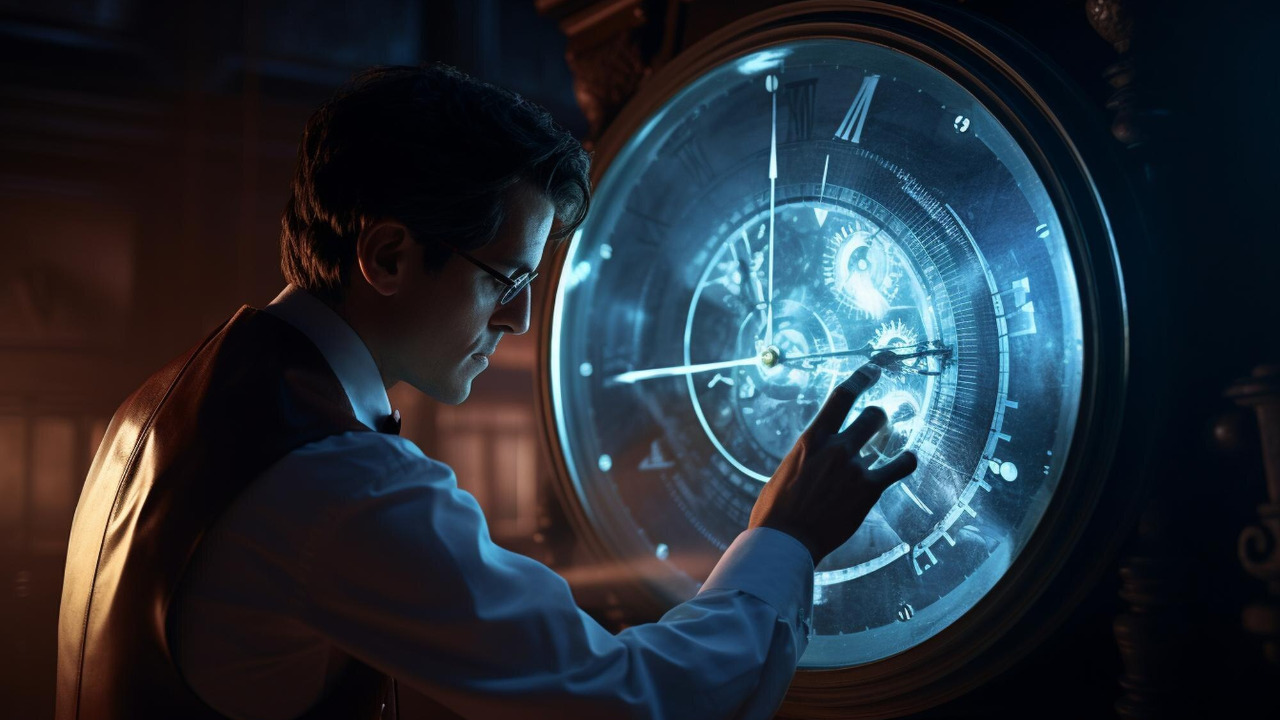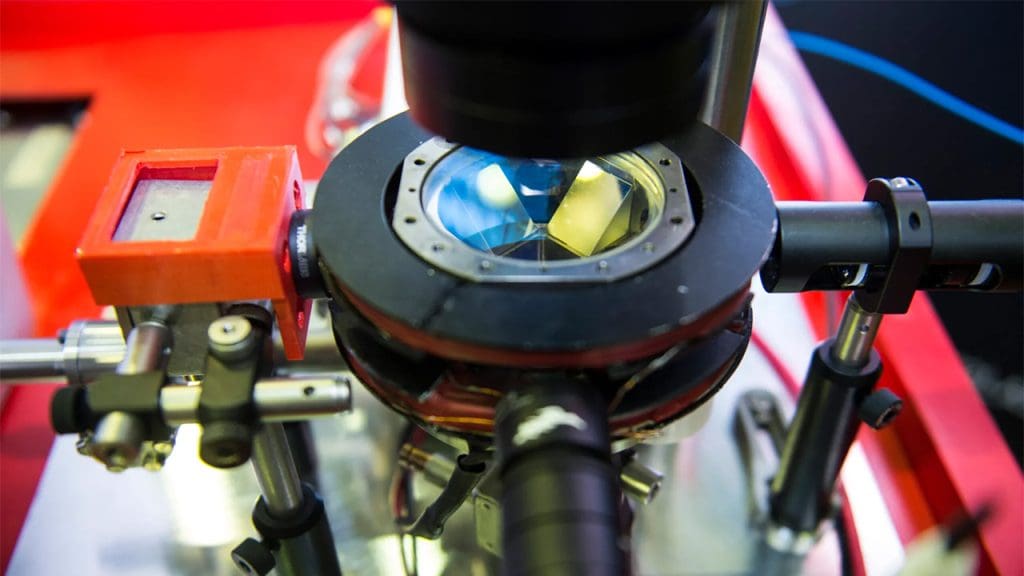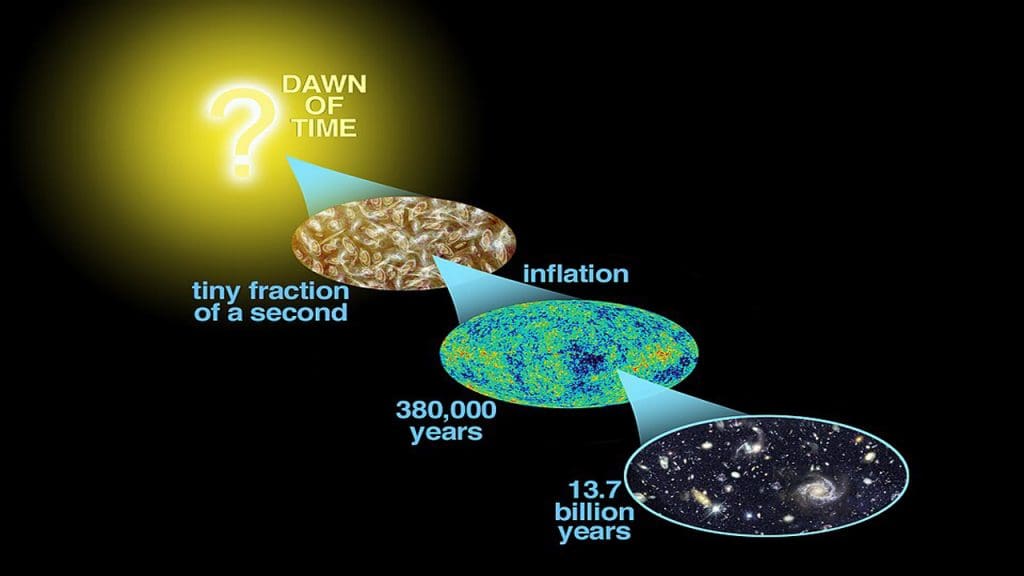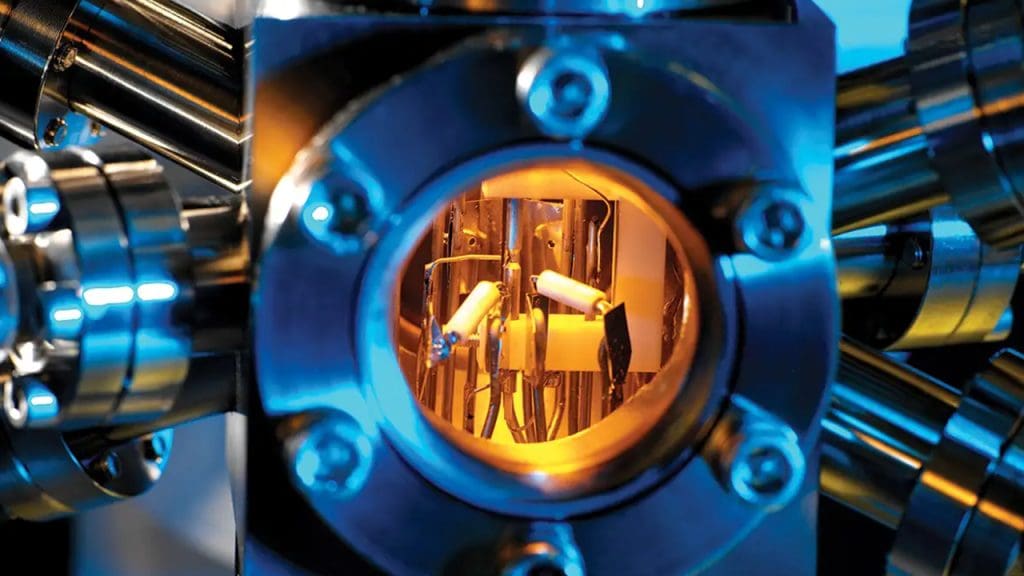
Recent discoveries in the realm of physics have pointed to the possibility of time anomalies that challenge our current understanding of space-time. These findings open new avenues for exploring the fundamental structure of the universe and could have profound implications for scientific theories and technologies.
Theoretical Foundations of Time Anomalies

Conceptualizing Space-Time
For over a century, Einstein’s theory of relativity has provided the foundation for our understanding of space-time, depicting it as a four-dimensional continuum where events occur in a predictable sequence. However, the concept of time anomalies poses significant challenges to this traditional framework. Time, once thought to flow uniformly, may not be as linear as previously believed. These anomalies suggest that time could be influenced by factors yet to be fully understood, potentially altering the way we perceive causality and sequence.
Quantum Mechanics and Time
Quantum mechanics offers a different perspective on time compared to classical physics. In the quantum realm, time does not necessarily adhere to a linear path. Instead, phenomena such as entanglement and superposition hint at a more complex relationship with time. Recent research suggests that time anomalies might be better explained through quantum theories, aligning with the idea that particles can exist in multiple states simultaneously. This raises intriguing questions about how time functions at the quantum level and whether these anomalies are manifestations of quantum behavior.
Historical Speculations
Time anomalies are not a new topic in scientific discourse. Historical speculations, from the writings of Kurt Gödel to contemporary hypotheses, have long entertained the idea of non-linear time. Gödel’s solutions to Einstein’s equations implied the possibility of closed time-like curves, where time could loop back on itself. These speculative ideas have fueled ongoing debates and inspired a generation of theoretical physicists to explore the boundaries of what time truly is.
Recent Discoveries and Evidence

Key Experiments and Observations
Recent experiments have provided compelling evidence for time anomalies, challenging our existing paradigms. For instance, studies conducted at renowned laboratories have utilized advanced techniques such as atomic clocks and laser interferometry to detect minute disruptions in the flow of time. These methodologies, detailed in a science publication, have revealed inconsistencies that suggest time may not be as constant as once thought.
Case Studies of Anomalies
Specific examples of time anomalies have been documented in various scientific settings. Notably, experiments involving high-energy particle collisions have observed unusual temporal shifts, where particles appear to experience time differently. These anomalies have been meticulously recorded and analyzed, offering a glimpse into the potential reality of time anomalies. Such findings have been discussed extensively in academic circles, including a detailed review available on Taylor & Francis.
Analyzing the Data
Verifying the validity of these findings involves sophisticated analytical techniques. Researchers employ statistical models and computer simulations to ensure the anomalies are not mere artifacts of measurement errors. However, challenges persist, particularly in isolating these anomalies from other variables that could influence the results. Despite these hurdles, the data continues to intrigue scientists, prompting further investigation into the nature of time.
Implications for Physics and Cosmology

Revisiting Established Theories
The existence of time anomalies necessitates a reevaluation of established scientific theories, particularly general relativity. If time can behave anomalously, our understanding of gravity and the fabric of space-time may require significant adjustments. This has sparked discussions about potential revisions to Einstein’s equations and the incorporation of new variables that account for these temporal oddities.
Potential for New Physics
These discoveries open the door to the development of new physics theories that could provide a comprehensive explanation for time anomalies. The potential for groundbreaking theories is immense, as scientists contemplate the integration of quantum mechanics with relativity. Such unification efforts could lead to a deeper understanding of the universe and reshape fundamental concepts in physics.
Impact on Cosmological Models
Time anomalies could profoundly impact our understanding of the universe’s origin, structure, and future. Cosmological models, which rely on the assumption of a consistent flow of time, might need to be revised to accommodate these anomalies. This could alter predictions about the universe’s fate and lead to new insights into phenomena such as black holes and the Big Bang.
Technological and Practical Applications

Advancements in Technology
Understanding time anomalies could lead to remarkable technological advancements. Fields like computing and communication stand to benefit from insights into the nature of time. Imagine computers that can process information in a non-linear fashion or communication systems that transcend conventional time constraints. These innovations could revolutionize how we interact with technology.
Time Travel Possibilities
The idea of time travel, long relegated to the realm of science fiction, gains a semblance of plausibility in light of time anomalies. While still speculative, researchers are exploring the theoretical frameworks that might make time travel feasible. Discussions on this topic can be found in academic papers, such as those hosted on CiteSeerX.
Influence on Future Research
The exploration of time anomalies is likely to shape future scientific research and funding priorities. As interest grows, more resources may be allocated to this field, encouraging interdisciplinary collaborations. This could lead to new discoveries and technologies that redefine our relationship with time.
Challenges and Controversies

Skepticism in the Scientific Community
Despite the excitement surrounding time anomalies, skepticism remains prevalent within the scientific community. Critics argue that the evidence is not yet conclusive and caution against drawing premature conclusions. This skepticism is essential, driving rigorous peer review and ensuring that claims are substantiated by robust data.
Methodological Challenges
Researching time anomalies presents significant methodological challenges. Current technology may not be advanced enough to fully capture and analyze these phenomena. Additionally, the complexity of the experiments and the need for precise measurements add layers of difficulty to the research process.
Ethical Considerations
The potential applications of understanding time anomalies raise important ethical considerations. Technologies derived from this knowledge could have far-reaching consequences, necessitating careful deliberation about their use. The implications for privacy, security, and societal norms must be thoughtfully addressed as we navigate the possibilities of time manipulation.